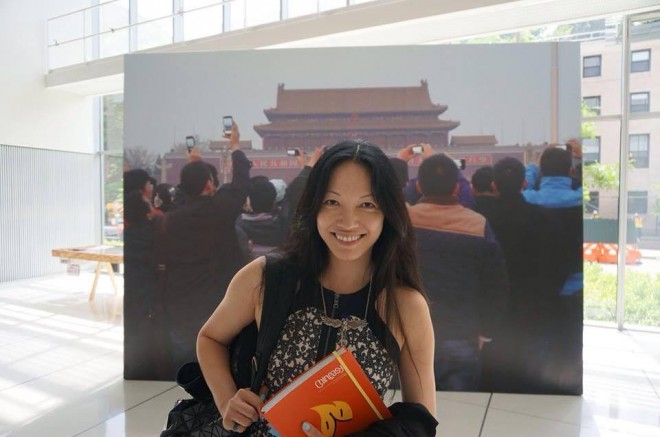In Chinese, everything has a ‘counterpart’

I was standing in front of a giant photo of (Tiananmen) in MIT MediaLab, Boston’s impressive lobby. If you have been following my Chineasy facebook page, you would be able to recognise all the three characters: 天安門.
Tiananmen (天安門) was first built in 1420 during the Ming Dynasty, but had been destroyed and rebuilt several times since then. The most recent major reconstruction was 1969-1970. There are different translations for the meaning of the gate, a rather good one is the ‘Gate of Heavenly Peacemaking’.
In Chinese, everything has a ‘counterpart’. For example, male (男) vs. female (女), old (舊) vs. new (新), water (水) vs. fire (火) and sky (heaven, 天) vs. earth (ground, 地). For some landmarks or ancient buildings, this ‘counterpart’ concept exists as well; for example, the counterpart of ‘Tiananmen’天安門is ‘Di’anmen’地安門, located at the northern end of imperial city.
The concept of counterpart actually can be traced back to the principle of Yin and Yang, which is a fundamental concept in Chinese philosophy and society, and can be dated back to the third century BCE. In this crucial concept, we believe that neither pole of the two counterparts (i.e: Yin and Yang) is superior to the other one, and the harmony only can be reached by a correct balance between the two poles. If you pay close attention to the Chinese society and communities in general, you will be able to see that we Chinese always strike for the harmony in our surroundings and interactions with others by bringing up the balance from the counterparts we encounter in life.





